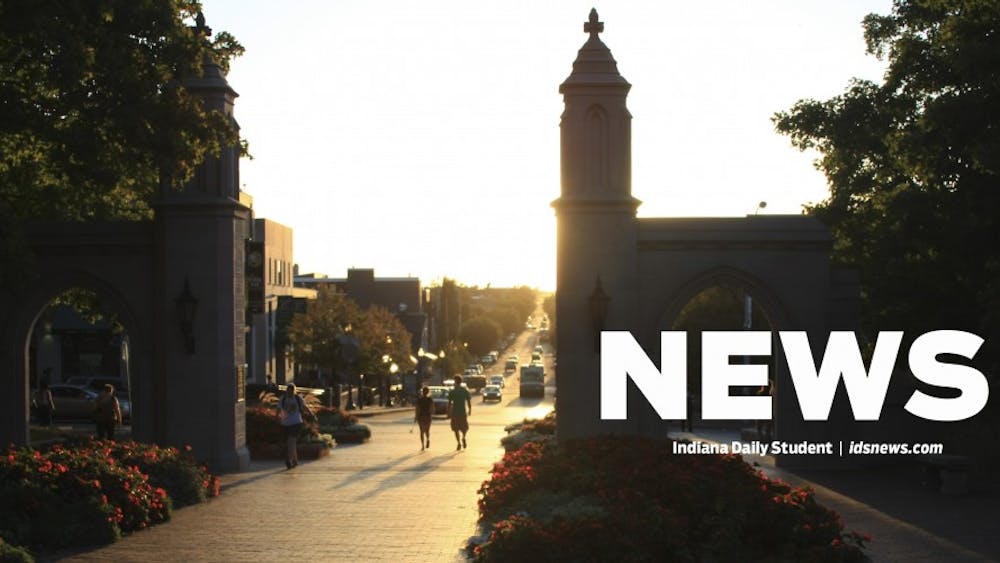Experts gathered at Purdue University Tuesday for the Indiana Invasive Species Council’s Early Detection and Rapid Response Conference.
Early detection is one way to reduce the costs associated with invasive species control, said Ellen Jacquart, chair of the Invasive Plant Advisory Committee.
A report released in September by IPAC showed that landowners, municipalities, contractors, state agencies and land trusts spent more than $5 million and 120,000 labor hours to manage invasive plants on more than 45,000 acres of natural areas like forests, prairies and wetlands.
The survey also found that those surveyed managed nearly 50 different species. Garlic mustard, Asian bush honeysuckle and multiflora rose were among the most prevalent.
One of the difficulties of controlling invasive plants is that many are desirable for landscapers, Jacquart said.
Invasive plants are so named because they can spread prolifically in short periods of time.
The diseases that control their growth in their native lands do not encumber them. They can easily spread and crowd out native competitors.
Burning bush is one such plant. It turns a vibrant red color in the fall and is popular in home landscaping.
Section 20 of the Bloomington Municipal Code is working to mitigate this problem by preventing the planting of invasive species in residential developments.
The IPAC report recommends that Indiana pass a law eliminating invasive species from commercial trade entirely.
Steve Cotter, the natural resources manager for the City of Bloomington Parks and Recreation Department, said controlling invasive species has been costly.
“We do most of our invasive species control in-house,” Cotters said. “We have a staff that spray or mechanically remove the plants, but for larger projects we contract out.”
Cotter said the city also works closely with EcoLogic, a Bloomington-based ecological restoration company.
Cotter said there are several problematic invasive species in Bloomington.
“In Lower Cascades Park, we have a big problem with Asian bush honeysuckle,” Cotter said.
The shrub, which can grow to 6 meters tall, has infected the understory, or ground cover, of 93 acres of the park. The honeysuckle at Lower Cascades is the densest infestation in Bloomington’s parks.
Cotter said purple winter creeper is one species that the project is targeting in Dunn Woods.
Ruth Ann Ingraham, the chair of the Brown County Native Woodlands Project and cofounder of the Indiana Native Plant and Wildflower Society, said invasive species control is important because it prevents a monoculture.
“Without invasive species control, we will lose the variety, wealth and beauty of biological vitality,”she said.
Ingraham said a prime example would be Yellowwood State Forest, where native spring ephemerals have been replaced by acres of periwinkle, a type of ground cover.
“Now there isn’t sufficient money or labor to reverse its spread, and it becomes difficult for the forest to regenerate because seeds of trees and other plants cannot take root in the soil,” she said.
Ingraham said removing plants while they are still seedlings is much easier than cutting down shrubs like autumn olive once they grow several meters high.
“Last week I worked with a group of volunteers in Indianapolis to remove burning bush seedlings,” Ingraham said. “The seven or eight of us pulled up hundreds if not thousands of seedlings in just a couple of hours.”
Follow reporter Brianna Meyer on Twitter @brimmeyer.
Bloomington works to rid land of invasive plants
Get stories like this in your inbox
Subscribe





